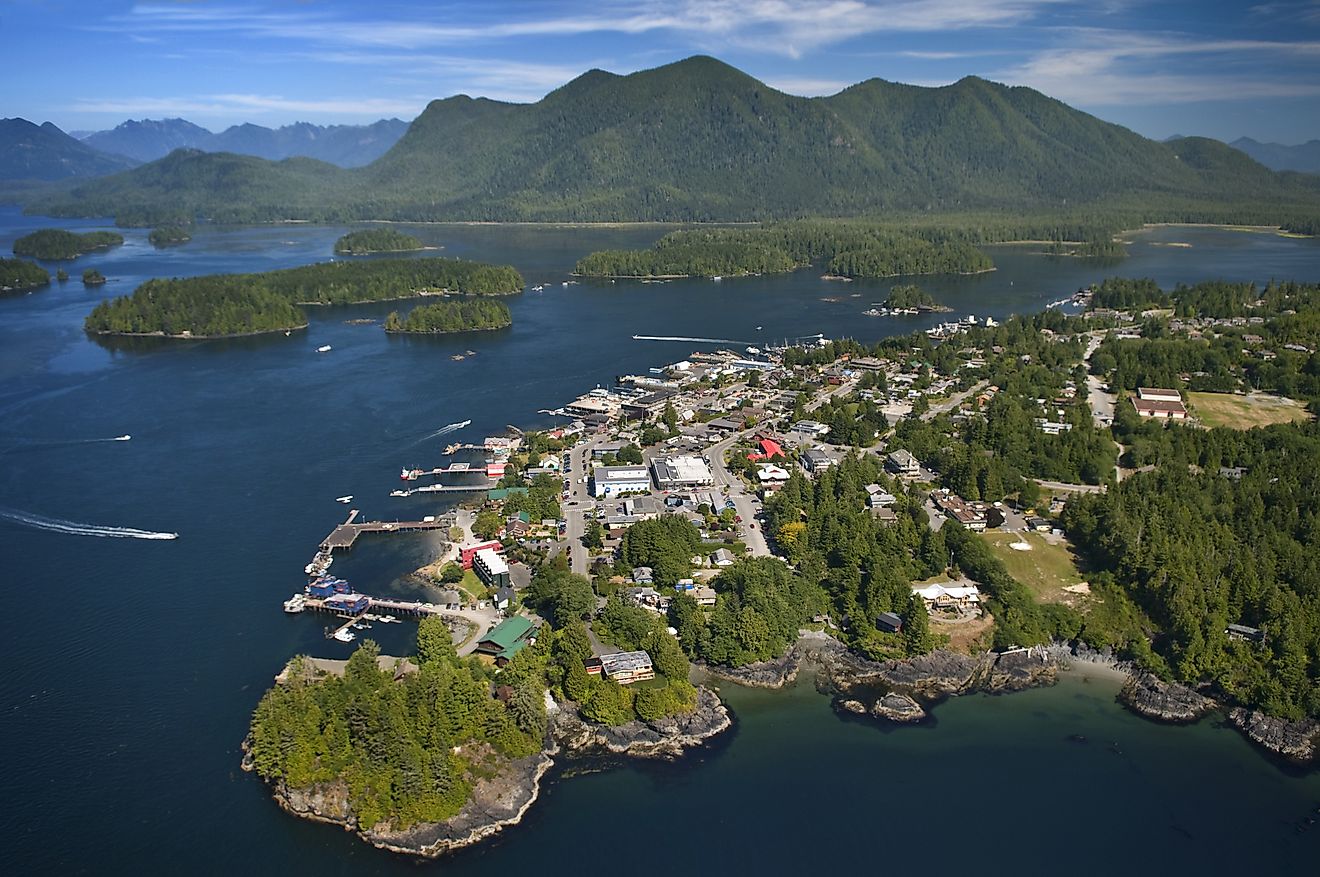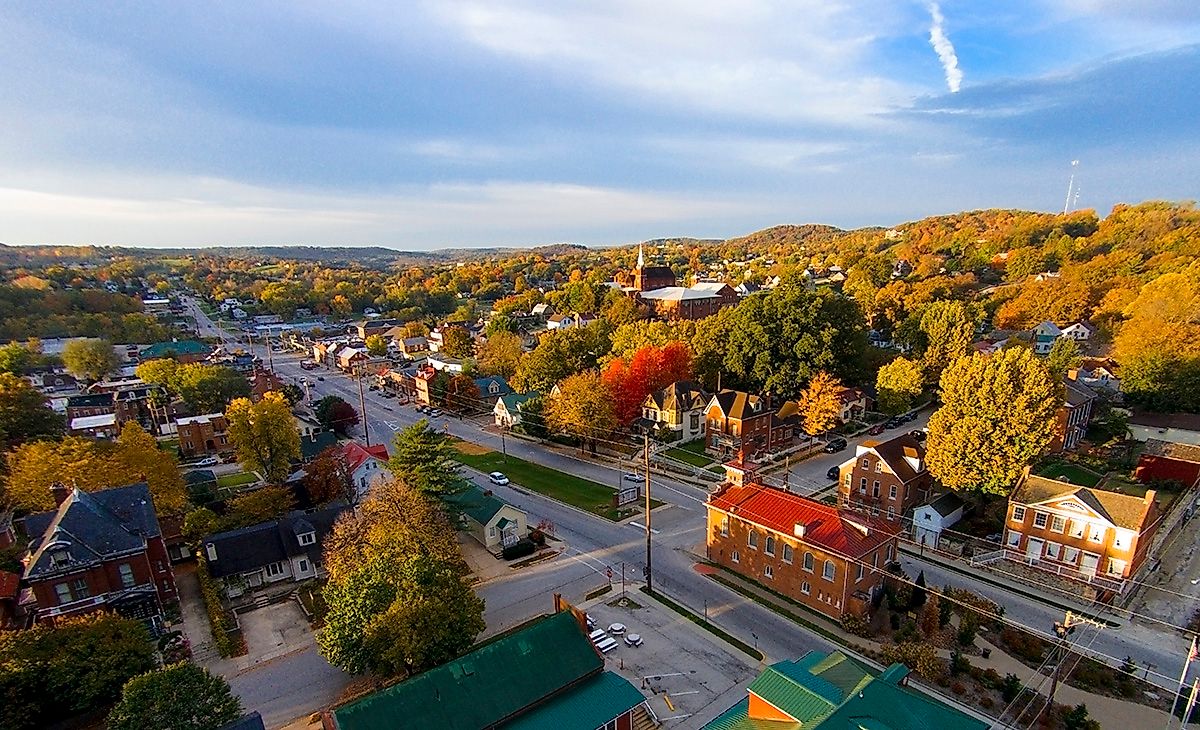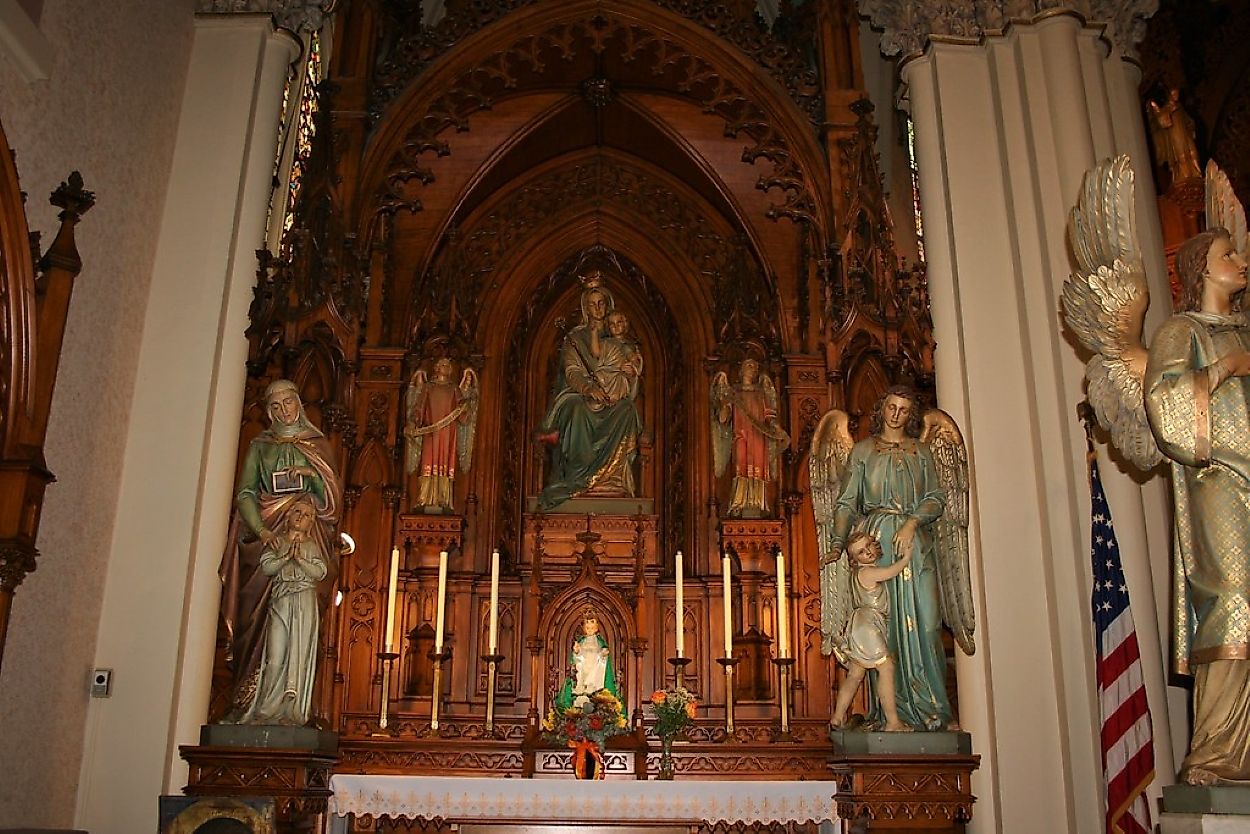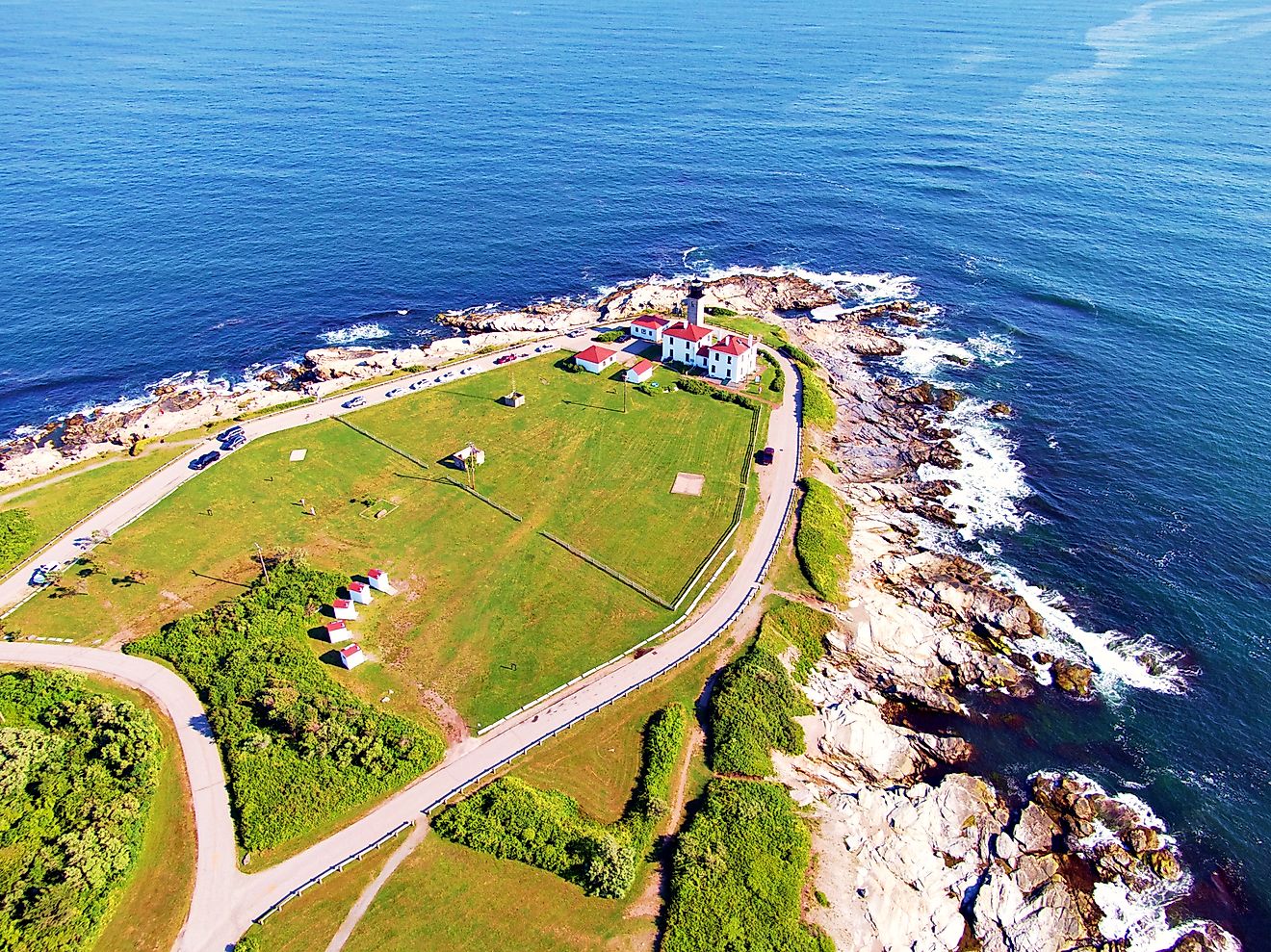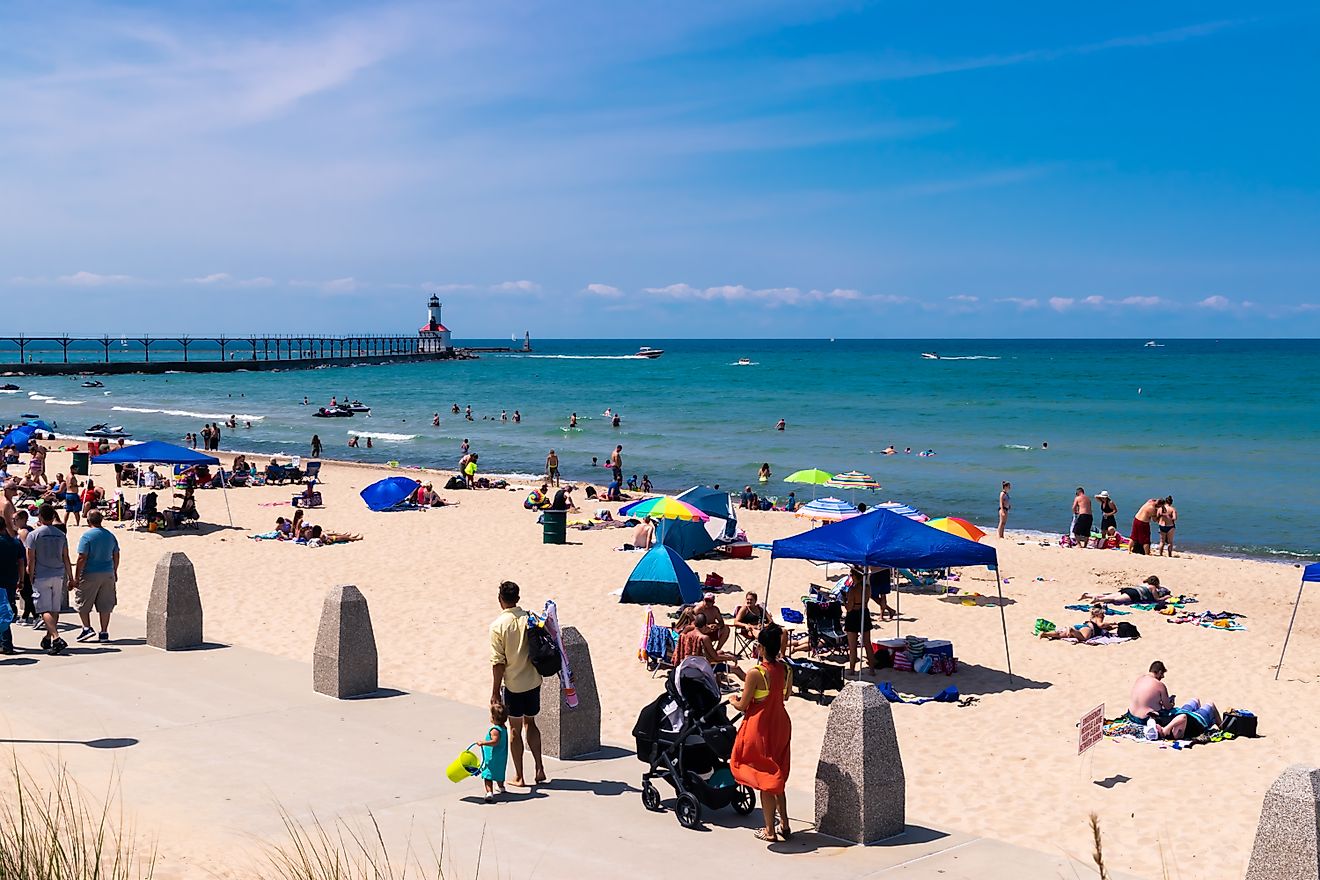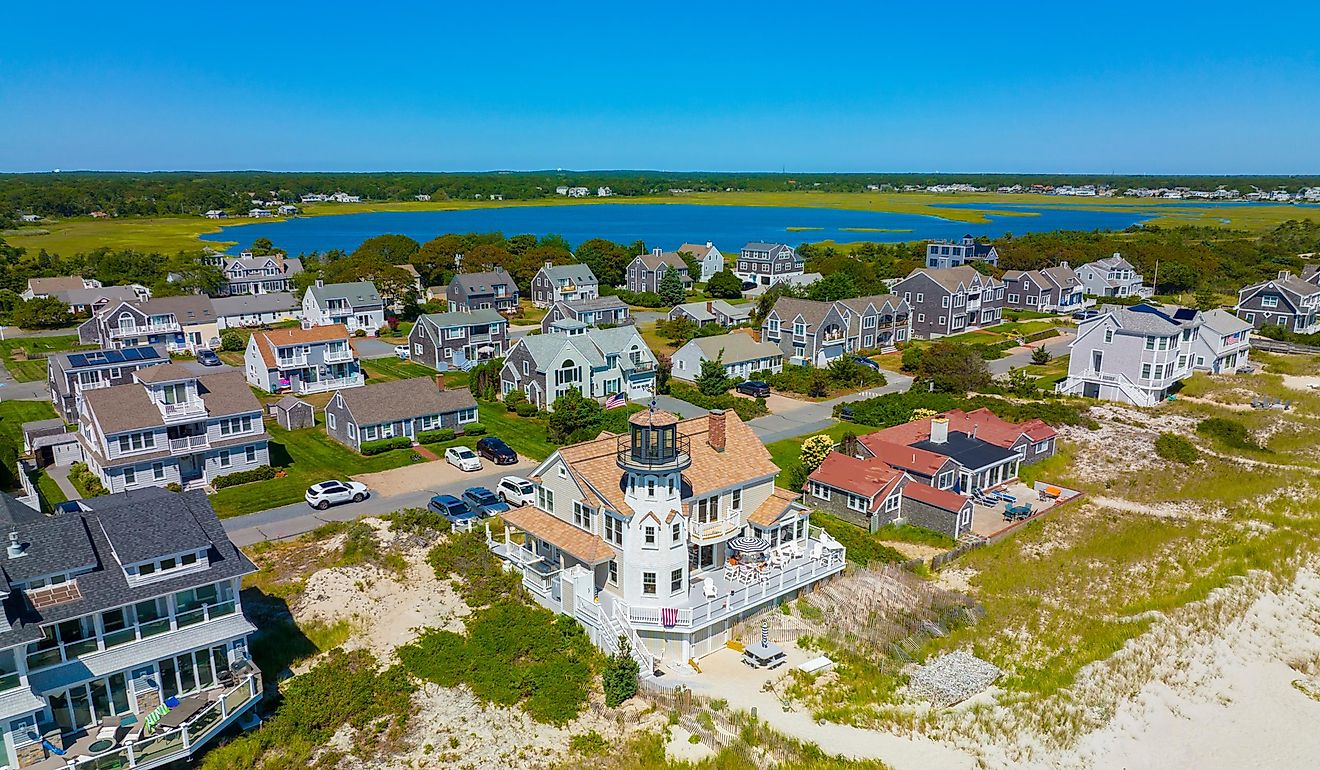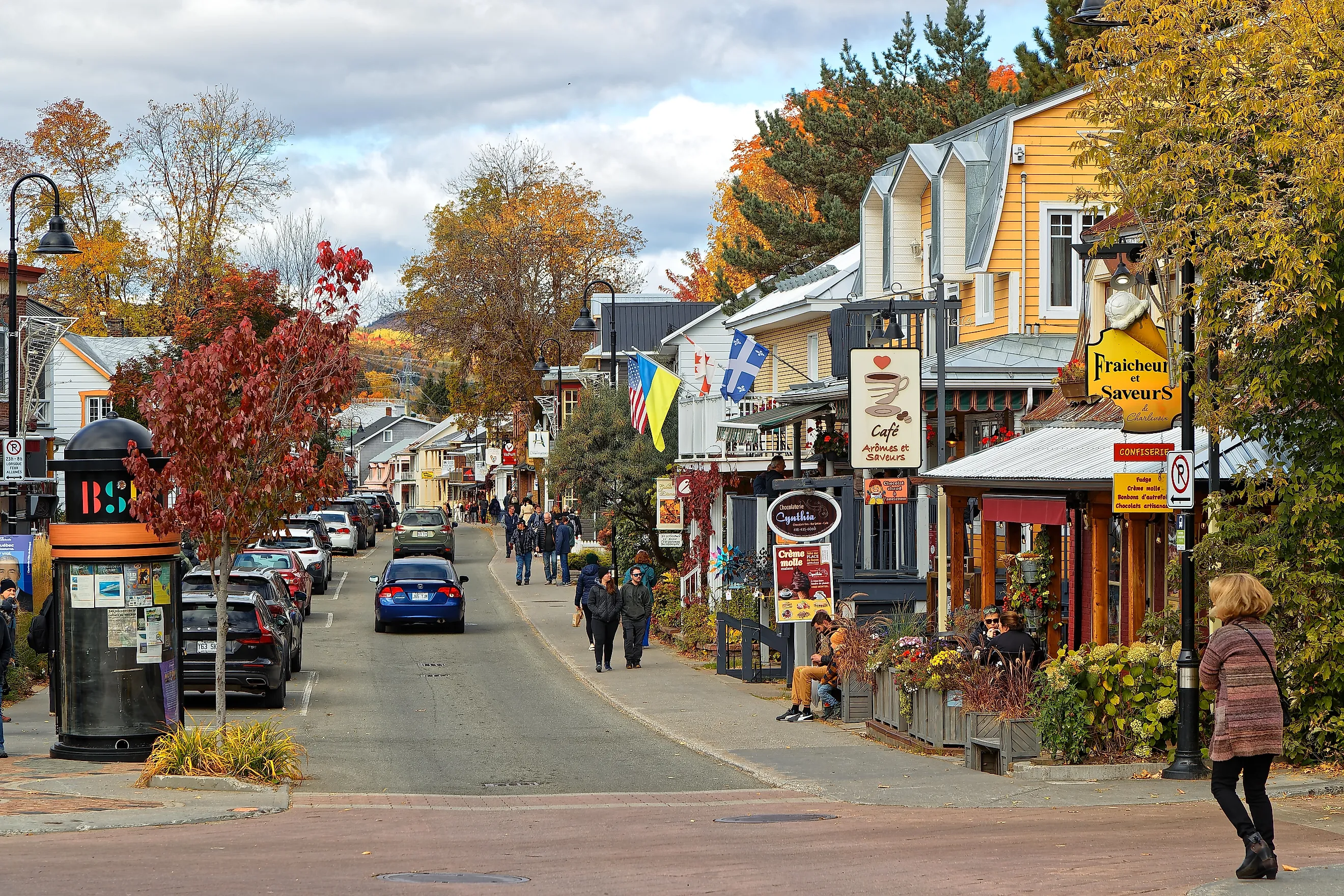
The 7 Friendliest Little Towns In Quebec
What makes the smaller towns of Quebec feel so open and easy to approach? From the St. Lawrence River to the Laurentian Mountains and north to the Gaspé Peninsula, the geography of the area influences settlement patterns and transportation routes. Compact riverfront settlements were established in the 1600s by French settlers and later connected by roads that became the towns’ present-day main streets. Today, these towns remain important cultural and tourist destinations, with many local businesses and councils still managing daily life much as before. A visit to any of these small towns shows how Quebec’s history and hospitality remain closely linked.
Baie-Saint-Paul
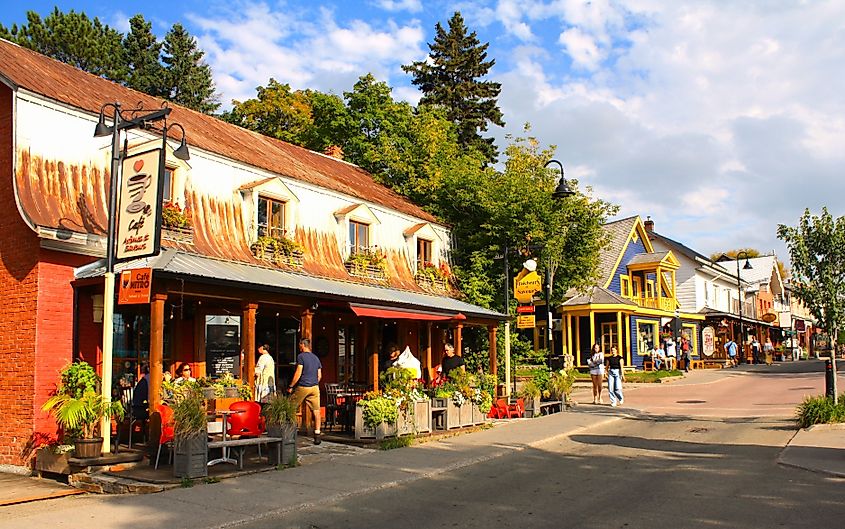
The people of Baie-Saint-Paul raised the money to open the first Contemporary Art Museum in Canada outside a major city. Many visitors begin their day at the Musée d’Art Contemporain de Baie-Saint-Paul, which currently features works by Charlevoix painters and sculptors who still live in the region. The museum’s exhibit “Dessiner le monde depuis ma fenêtre” (“Drawing the world from my window”) is described by the curators as “the possibility to temporarily leave the world of our everyday lives.” Nearby stands the Moulin de la Rémy, a functioning mill built in 1825, which demonstrates traditional wheat milling and highlights the region’s agricultural history. In the evening, locals and travelers gather at the Microbrasserie Charlevoix to enjoy handcrafted beer made from regional ingredients as the sun sets over the valley.
Magog
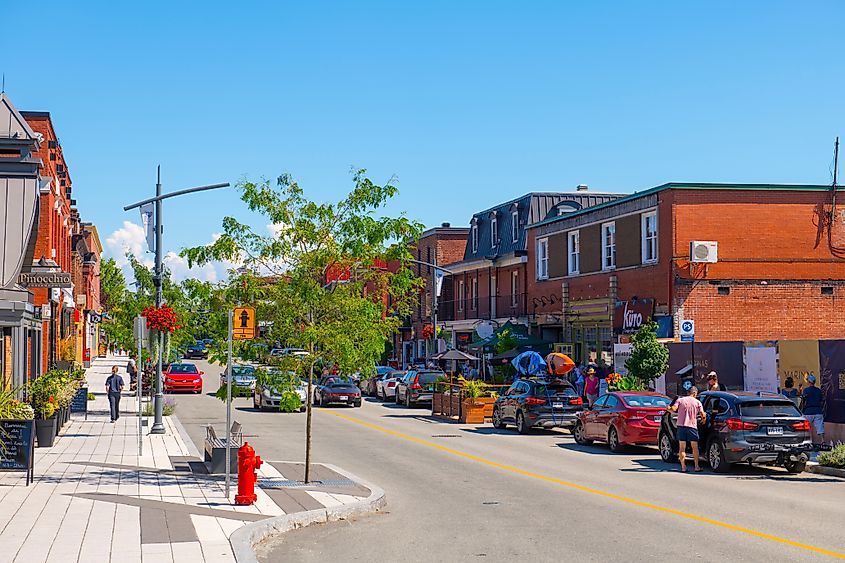
The village of Magog is one of the earliest in the Eastern Townships to develop around a river marsh rather than a harbor. Most mornings are spent walking the boardwalks and taking in views of the Marais de la Rivière aux Cerises, a protected wetland maintained by local volunteers. On Saturdays during the operating season, the Le Marché Public de Magog sells local products, including cheese, cider, and preserves from regional farmers and artisans.
Just down the road, the Musée International d’Art Naïf showcases paintings and sculptures created by self-taught artists from over forty countries, many of which were donated by early residents of the region. The Maison Merry, built in 1821, presents the history of early settlers and Indigenous peoples through detailed exhibits. The day ends at the Magog Chemin de la Rivière, where guests can taste local wines on a patio overlooking Mount Orford.
Sutton
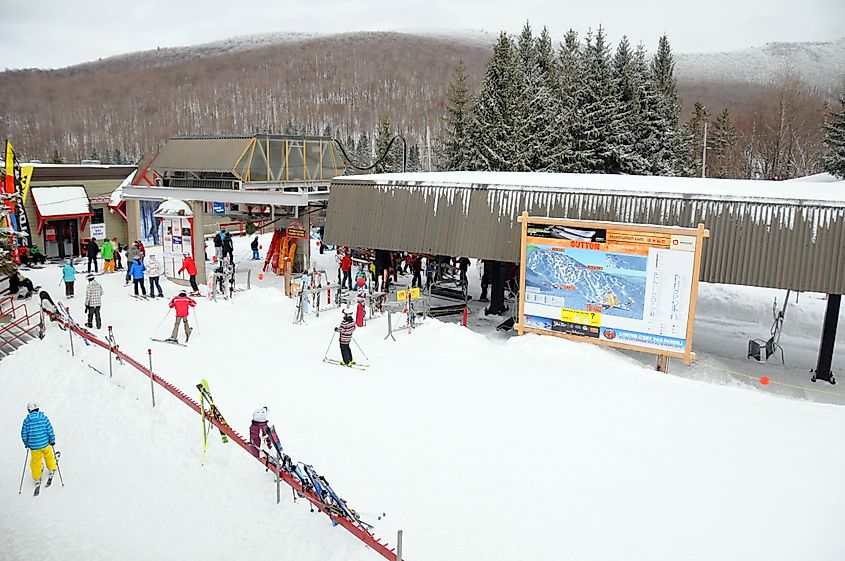
In Sutton, residents have turned their streets into an open-air museum, featuring sixteen panels that mark the town’s past. The Village Walking Tour, located in the downtown core, explains early farming practices, rail connections, and civic landmarks. Many who complete the walk visit Galerie Farfelu, an art gallery that has been in operation for over twenty years, selling authentic Quebec ceramics and textiles.
The Parc d’Environnement Naturel de Sutton offers more than 50 kilometers of hiking paths, some winding through the forest and others across rocky outcrops, all of which are maintained by local volunteers. A nice way to end the day is at the Vignoble Château Ste-Agnès, a hillside vineyard with stone terraces and a small chapel, where tastings and guided tours take place in a relaxed mountain setting.
Percé
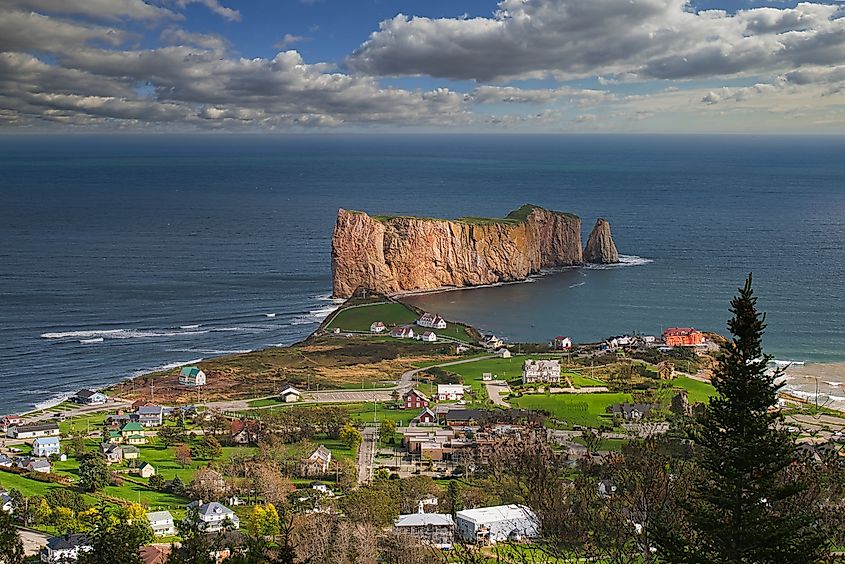
This town’s history can be explored through a 35-site walking tour marked throughout the village center. Starting at the waterfront, the route uses clearly labeled signs to describe early fishing and shipbuilding, as well as the formation of Percé Rock. A must stop is the Magasin Général Historique 1928, a historic shop and 2021 Travelers’ Choice winner, which offers a glimpse into daily life on the Gaspé Peninsula during the 1920s and calls itself “a true journey back in time.”
Whale watching is a popular activity in summer. Les Bateaux de croisières Julien Cloutier Inc. operates two-and-a-half-hour excursions to see humpback, fin, and minke whales. Afterward, visitors can view Parc national de l’Île-Bonaventure-et-du-Rocher-Percé from a distance; its island trails are open from June 1 to October 13 and are accessible only by boat. To satisfy your appetite for cinema, the Les Percéides Film Festival brings filmmakers and residents together for year-round screenings, maintaining the town’s spirit of hospitality after the tourist season.
Tadoussac

Tadoussac sits where the Saguenay meets the St. Lawrence River, one of Quebec’s oldest and friendliest villages. The morning begins at the Tadoussac Chapel, built in 1747 and now a museum that presents the history of missionaries and Innu communities. The Marine Mammal Interpretation Centre, located nearby, explains the whale species found in local waters and combines scientific research with personal stories from field researchers.
For some fresh air, the Sentier de la Pointe-de-l’Islet offers a quiet walk through spruce and pine, with open views of the Saguenay Fjord where seals and belugas appear near the shore. At the trailhead, the Bistro de la Baie serves local seafood and regional beer on its outdoor terrace overlooking the harbor. Each June, the Festival de la Chanson de Tadoussac brings live music to the village streets and cafés, making it one of Quebec’s largest cultural events.
Knowlton (Lac-Brome)
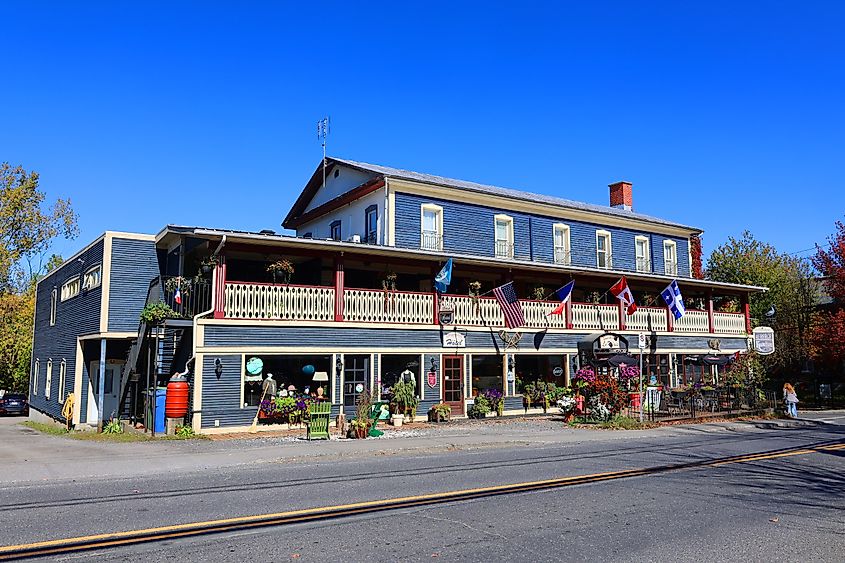
Lac-Brome takes its name from the lake that borders the town, a name first recorded in 1797 when the area was settled by families from England. The Lac-Brome Museum serves as a clear starting point, housing more than 18,000 artifacts that illustrate how daily life in the Eastern Townships evolved from the late 1700s to the mid-1800s. The collection includes pioneer furniture, photographs, and domestic tools that trace the development of local communities. From the museum, it is a short walk down Victoria Street to Galerie Elca London, one of Canada’s leading private galleries of Inuit sculpture and printmaking, housed in a restored village building.
By the afternoon, Tiffany Park provides a quiet garden setting with benches and shaded paths overlooking Brome Lake. Just outside the village, the Vignoble Sugar Hill welcomes visitors for casual tastings of estate wines on a patio surrounded by vineyards. Each October, the Knowlton Literary Festival brings together writers and readers for a celebration of literature in cafés and small venues throughout the village.
Saint-Sauveur
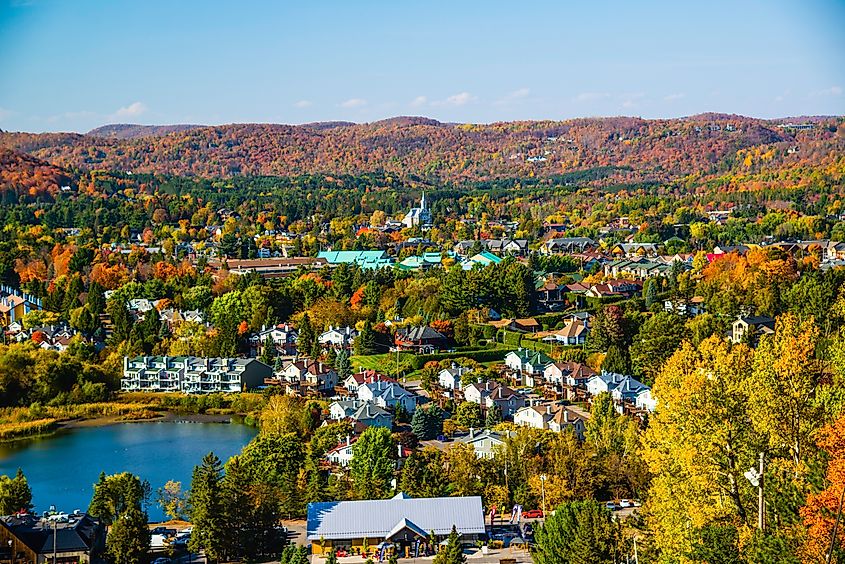
What began as a hillside farming village in the 1840s later became known for its mountain culture and welcoming spirit. The visit often begins at Saint-Sauveur Church, built in 1847, whose white steeple is visible from nearly everywhere in town. Across the square stands the Musée du ski des Laurentides, with photographs, antique skis, and trophies showing the region’s contribution to Canadian ski culture. At the end of the exhibit, visitors can try a dynamic ski simulator: two wooden doors open onto a virtual downhill run that recreates the thrill of a real descent. Exciting, right?
For some relaxation, Parc John-H. Molson offers walking trails and picnic areas with wide mountain views. Many finish their visit along Rue Principale, lined with local galleries, bakeries, and the famous Crêperie Bretonne, known for its traditional buckwheat crêpes and local cider. Each July, the Festival des Arts de Saint-Sauveur fills the park stages with dance, theatre, and music, creating a welcoming setting for residents and visitors alike.
Friendliness As A Civic Tradition
Each of these seven towns reflects a distinct aspect of Quebec’s character. Baie-Saint-Paul stands out for its active art community and riverside heritage. Magog connects its wetland boardwalks with surrounding vineyards through short, scenic routes. Sutton blends its historical core with mountain trails maintained by local volunteers. Percé links its fishing history with whale-watching and film events that shape its summer identity. Tadoussac shows how a small river village can balance conservation with a lively cultural calendar. Knowlton maintains its Loyalist heritage through its museums and annual literary festival. Saint-Sauveur combines mountain recreation with art and local food, keeping the town active throughout the year.




